Flour is just flour right, but why is flour so important, and where did it come from?
Flour is a substantial part of every cuisine in the world. It comes in many types, such as all-purpose flour, hard flour, soft flour, whole wheat flour and semolina and people around the world consume it almost in daily basis, but do you know its meaning and what flour is used for what!?
Flour drives us to the word “flower” which is derived from the French “fleur”, with the literal meaning “blossom”. This describes the fine product of flour, which was produced during milling. In Greek, the word for flour is “alevri”. It is derived from the verb “aletho” which means grind. Flour is obtained by grinding the seeds/nuts/cereals and is used in pastry, bakery and cooking. It is an ingredient that also plays an important part in global nutrition, and in the past, it was used as a measure defining nations’ prosperity. The lack of flour had vast economic and social results for the country!
In Greece, there is a vast variety of delicacies, made with flour. The most significant is bread, which is an integral part of our diet for centuries. Every kind of dough/pastry (phyllo pastry, puff pastry) is made with flour. Dough is used in a vast variety of dishes both sweet and savoury. Traditional pies, pasta, breadsticks, cookies and biscuits, various pastries, traditional cakes, halva or semolina pastries and many more, are a small proof of how important flour is to Greek cuisine.
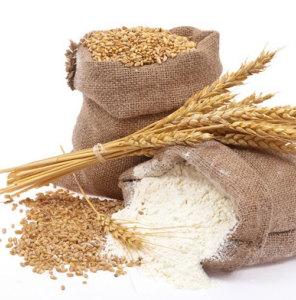
A Greek Tribute to Flour
Flour, or as we say alevri goes beyond the all-purpose category in the Greek kouzina, or kitchen!! The flours we use include many varieties and textures that create everything from breads to rusks to cookies to custards. The protein content in flour can range from 5 to 15 per cent, resulting in two basic types of flour, soft and hard. Soft flour has less protein, making it ideal for pastries, cookies, and cakes, while hard flour is higher in protein and gluten, which produces an elastic dough, making it perfect for yeast breads.
All-purpose flour, hard flour, soft flour, whole wheat flour and semolina – which is which and why!?
If you’ve ever been in a Greek market’s baking section and were not familiar with the labels and numbering system on the packages, you probably just kept going. Greek and European flours are similarly labelled and are worth getting to know. Following are the basic types of flours we use and how we use them:
All Purpose Flour or “flour-for-all-uses” is a blend of soft and hard wheat with an average protein content of about 9 to 11 per cent. It can be used for making everything from bread to pastry to cookies (like koulourakia, kourambiedes, and melomakarona).
Hard flour and bread flour are made from hard wheat varieties that have a protein/gluten content of 12 to 14 per cent, which translates into rich texture and high rise. These flours are best for making yeast breads, rusks, and sturdy dough/crust for a pita. Depending on the recipe, these flours can be used alone or can be combined with all-purpose, whole-wheat, and/or barley flours.
Soft flour is made from finely milled soft wheat that is low in protein and high in starch with a protein content of about 6 to 9 per cent. When recipes require a flaky, delicate texture, like baklava, soft flour is preferred over all-purpose.
Whole-wheat flour is milled from the entire kernel of hard wheat and has a protein content of about 14 per cent. This flour is used in breads like kouloures, and is usually added to all-purpose flour and/or barley flour for added texture and prominent wheat flavour.
Farina is the milled endosperm of hard wheat varieties (not including durum) that has a fine granular appearance with a protein content of about 10 per cent. Because of its self-rising, fluffy texture when cooked, it is used to prepare the most flavorful sweet and savoury indulgences such as breads, pies, tarts, and syruped sponge cakes.
And lastly semolina, Semolina is the ground endosperm of durum, a hard wheat, with a protein/gluten content of about 13 per cent. Fine semolina is used for sweet treats like galaktomboureko. Course semolina is used for desserts like halva.

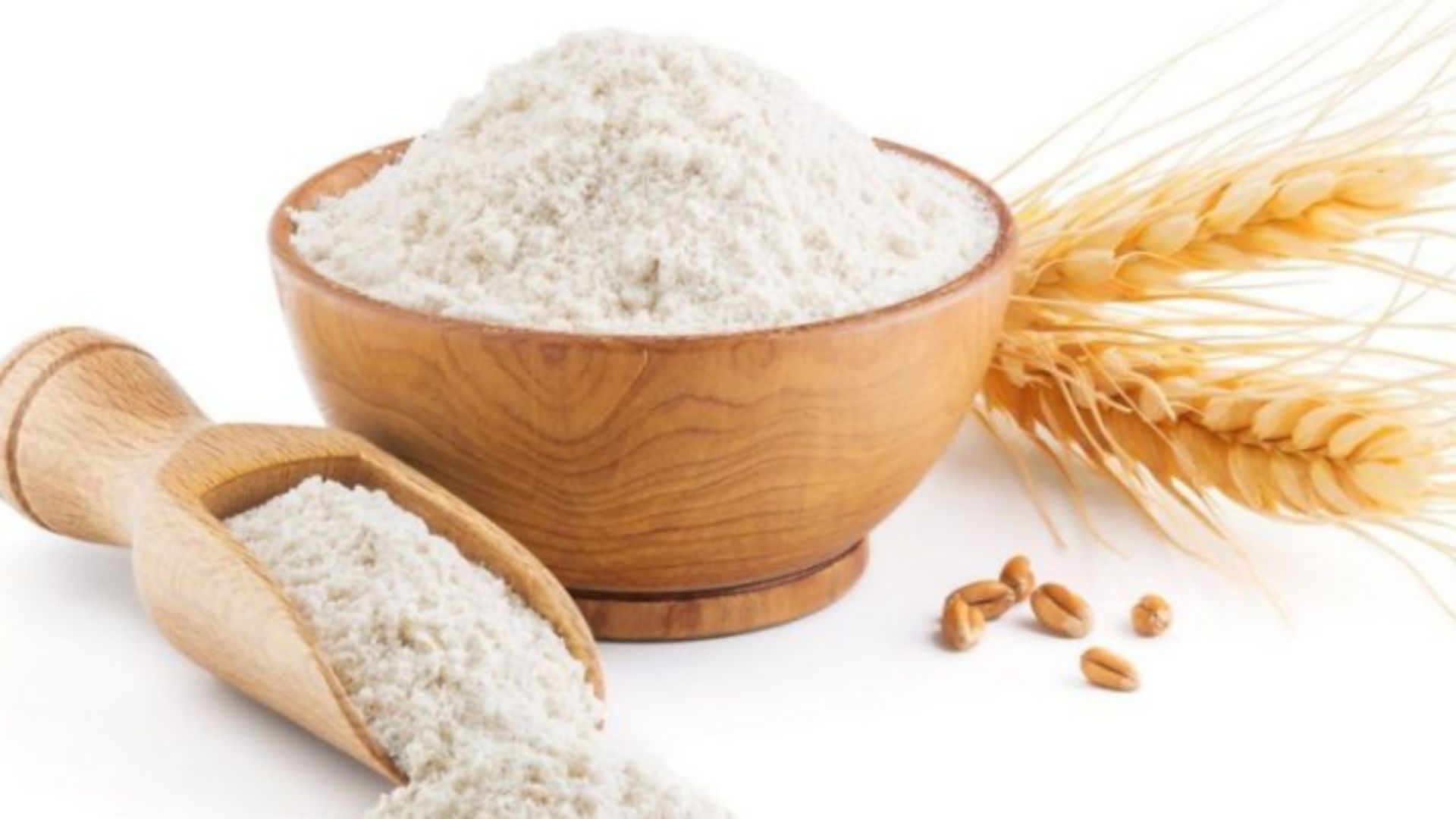
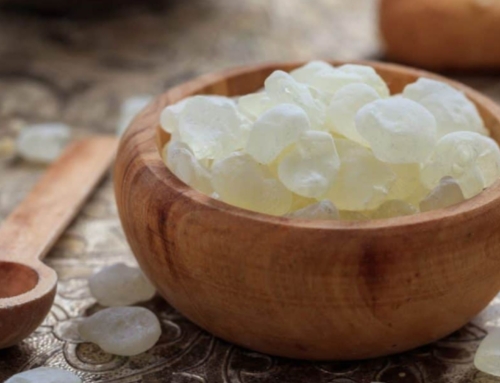
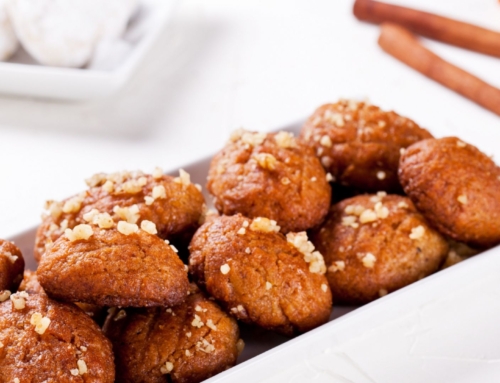

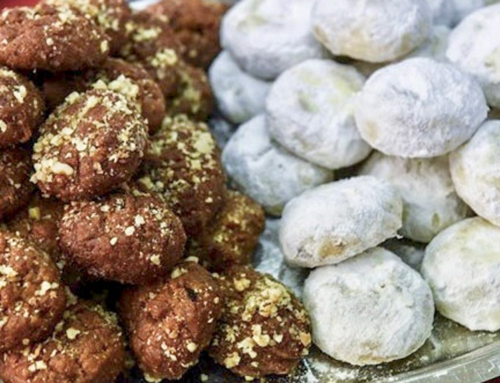


Leave A Comment